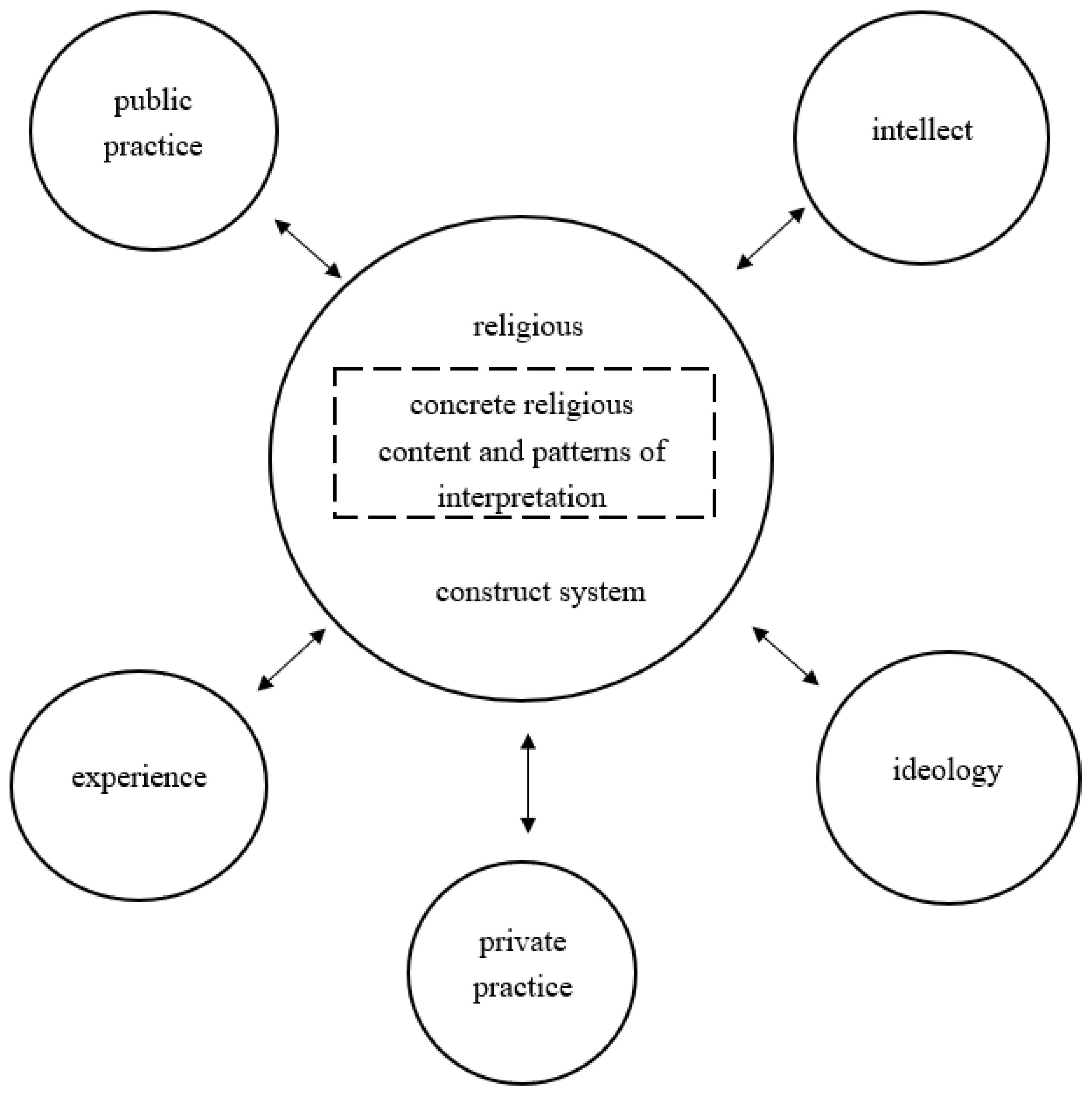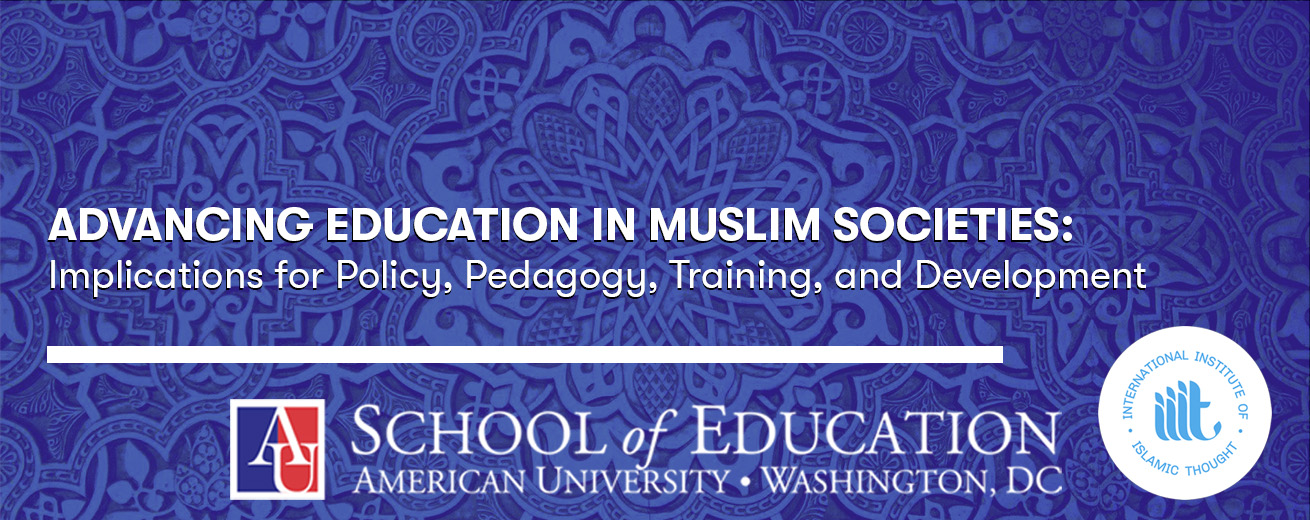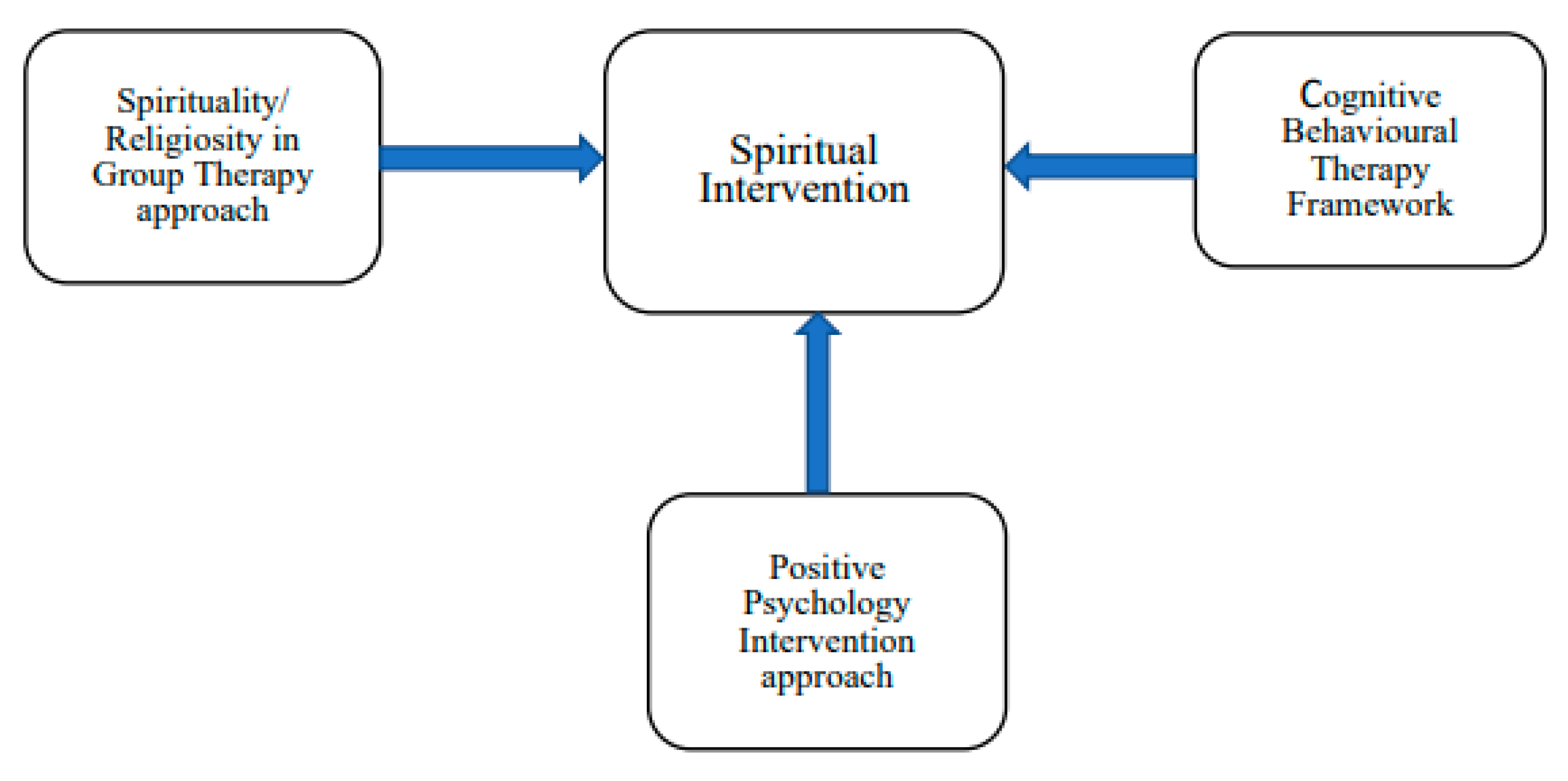Concerning the Developmental Pattern of Religiosity And Spirituality
The developmental pattern of religiosity and spirituality evolves over time, influenced by various factors. It is essential to understand how individuals navigate their beliefs and practices throughout different life stages.
Exploring this journey can shed light on the complexity of spiritual development and its impact on personal well-being. This article aims to delve into the developmental trajectories of religiosity and spirituality, examining how they shape individuals’ identities, values, and relationships.
By recognizing the diverse pathways people take in their spiritual growth, we can gain insights into the significance of these aspects in human life. Understanding these patterns can offer valuable perspectives on the role of religiosity and spirituality in individuals’ overall development and flourishing.
Religiosity Vs Spirituality
When discussing the developmental pattern of religiosity and spirituality, it’s crucial to understand the distinction between the two concepts. Although often used interchangeably, religiosity and spirituality have distinct meanings and implications. Let’s delve into the meaning and definitions, as well as the key differences between religiosity and spirituality.
Meaning And Definitions
Religiosity refers to the extent to which an individual is committed to the beliefs, practices, and rituals of a specific religious tradition. It encompasses the adherence to religious doctrines, participation in religious ceremonies, and the observance of religious customs.
Spirituality, on the other hand, pertains to the personal quest for understanding the meaning of life and a connection to something greater than oneself. It involves seeking inner peace, transcendence, and a sense of purpose beyond material existence.
Key Differences
- Religiosity: Emphasizes adherence to specific religious traditions and rituals.
- Spirituality: Focuses on the individual’s personal quest for meaning and connection to the transcendent.
- Religiosity: Often associated with organized religious institutions and structured practices.
- Spirituality: Can be pursued independently of organized religion and may encompass diverse beliefs and practices.
- Religiosity: Typically involves prescribed doctrines and rituals that are shared within a community of believers.
- Spirituality: Involves a more personal and subjective exploration of existential questions and spiritual experiences.

Credit: www.mdpi.com
Development Of Religiosity And Spirituality
Understanding the developmental pattern of religiosity and spirituality across different stages of life is crucial for comprehending how individuals form their beliefs and values. This journey begins in infancy and early childhood, progresses through middle childhood and adolescence, and continues into adulthood.
Infancy And Early Childhood
- Children develop a basic awareness of spirituality through rituals and family traditions.
- They begin to grasp simple concepts of God or a higher power.
Middle Childhood
- Children start to ask more complex questions about the meaning of life and the existence of God.
- They may seek guidance from religious figures or participate in religious ceremonies.
Adolescence
- Teenagers often undergo a period of exploration and questioning of their beliefs.
- They may challenge traditional religious teachings and seek their own spiritual path.
Adulthood
- Adults may deepen their spirituality through personal experiences and life events.
- They may become more involved in religious communities or engage in spiritual practices for inner peace.
Factors Affecting Development
Various factors influence the developmental pattern of religiosity and spirituality. These include family upbringing, cultural background, and personal experiences. Additionally, social interactions and exposure to diverse beliefs also play a significant role in shaping an individual’s spiritual development.
Family Environment
Parental Influence
Cultural Context
Life Experiences

Credit: www.american.edu
Benefits Of Religiosity And Spirituality
When it comes to the developmental pattern of religiosity and spirituality, it’s essential to understand the numerous benefits they bring to individuals. Embracing religiosity and spirituality can lead to improved mental health, higher life satisfaction, and better coping mechanisms, among other advantages.
Improved Mental Health
Embracing religiosity and spirituality can significantly improve mental health. Studies have shown that individuals who are religious or spiritual tend to experience lower levels of depression, anxiety, and stress. This can be attributed to the sense of purpose, hope, and inner peace that comes with spiritual beliefs and practices. The support and community found in religious groups also contribute to a stronger sense of mental well-being.
Higher Life Satisfaction
Religiosity and spirituality are linked to higher life satisfaction. People who are actively engaged in religious or spiritual practices often report feeling more content and fulfilled in their lives. This can be due to the sense of meaning and purpose that comes from spiritual beliefs, as well as the social connections and support found in religious communities.
Better Coping Mechanisms
Religiosity and spirituality provide individuals with better coping mechanisms. When faced with challenges and adversity, those who are religious or spiritual often draw strength and resilience from their faith. This can lead to healthier ways of dealing with stress, grief, and difficult circumstances. Spiritual practices such as prayer and meditation also offer a source of comfort and solace during tough times.
Controversies And Criticisms
Controversies and criticisms surrounding the developmental pattern of religiosity and spirituality have sparked debates and discussions in psychological and religious circles. It is essential to explore the negative aspects and criticisms related to religiosity and spirituality to gain a comprehensive understanding of their impact on individuals.
Religiosity And Psychological Distress
Research has indicated a potential link between high levels of religiosity and increased psychological distress in some individuals. Excessive religious practices and beliefs can lead to feelings of guilt, anxiety, and pressure to conform to strict religious norms. This can contribute to heightened levels of psychological distress, impacting an individual’s overall well-being.
Negative Effects Of Religious Indoctrination
Religious indoctrination, particularly in authoritarian religious environments, has been criticized for its negative effects on individuals. It can lead to the suppression of critical thinking and individual autonomy, fostering a dependency on religious authorities and dogmatic beliefs. This can hinder personal growth and contribute to cognitive dissonance and internal conflict.
Criticism Of Spirituality
Spirituality has faced criticism for its subjective and ambiguous nature, leading some to question its validity as a psychological construct. Critics argue that spirituality lacks empirical evidence and can be exploited as a means of manipulation or control. Additionally, the lack of standardized definitions and measurements of spirituality has led to skepticism regarding its reliability and relevance in psychological research.

Credit: www.mdpi.com
Conclusion
Understanding the developmental pattern of religiosity and spirituality is crucial for personal growth. Embracing diverse beliefs can enrich our lives. Let’s explore these aspects with an open mind to foster mutual respect and harmony in our society. Let’s continue this journey of self-discovery together.






